Rhinoplasty
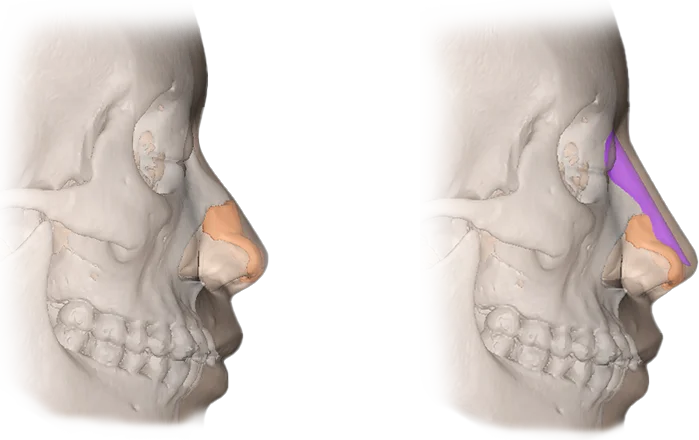
3D Custom Rhinoplasty Simulation
3D Custom Rhinoplasty
using the patient’s photos and CT data.
3D custom rhinoplasty offers high safety
and reduces the risk of revision surgery.
By producing implants that precisely fit the patient's nasal bone,
this method significantly reduces common complications.
Rhinoplasty
Customized Design
Precise Analysis
345 Youtube
Watch the Video on
3D Custom Rhinoplasty
Learn more about personalized rhinoplasty using customized implants.
345 YouTube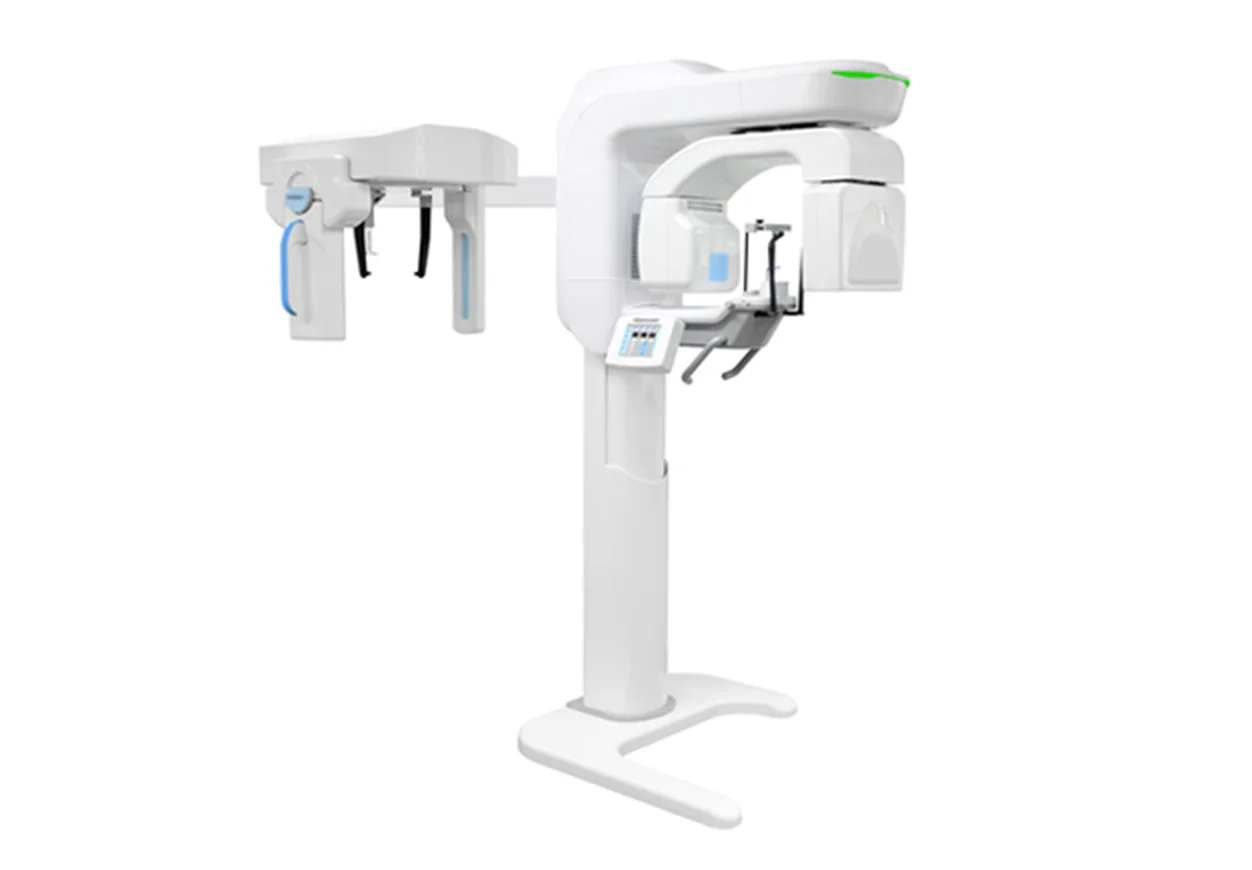
3D CT Scan
The patient’s nose is scanned from multiple angles through a 3D CT scan to create a perfectly tailored implant.
First, Precise Analysis and Surgical Planning
A detailed preoperative analysis is performed to establish the surgical plan.
Second, Implant Design Based on CT Imaging
The implant is designed by considering the anatomical curves of the nasal bone and cartilage extracted from the CT scan, minimizing fitting errors.
Third, Incorporating Customized Design
A predicted nasal line is created preoperatively, allowing for a natural and personalized rhinoplasty result.
3d custom rhinoplasty
3D Custom Rhinoplasty Considers Both Aesthetic and Functional Aspects
and functional aspects of the nose.
The surgical plan is simulated and customized
from the nasal root to the tip based on the patient’s needs.
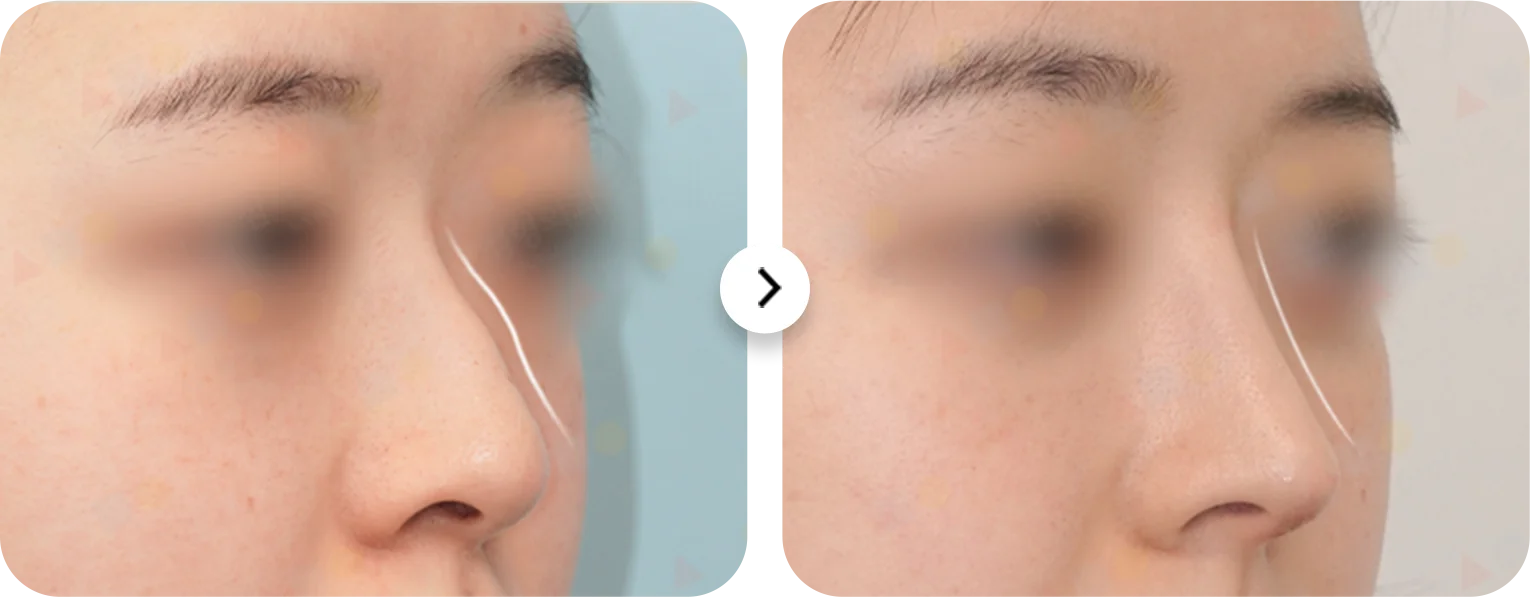
Before and After Photos of
3D Custom Rhinoplasty
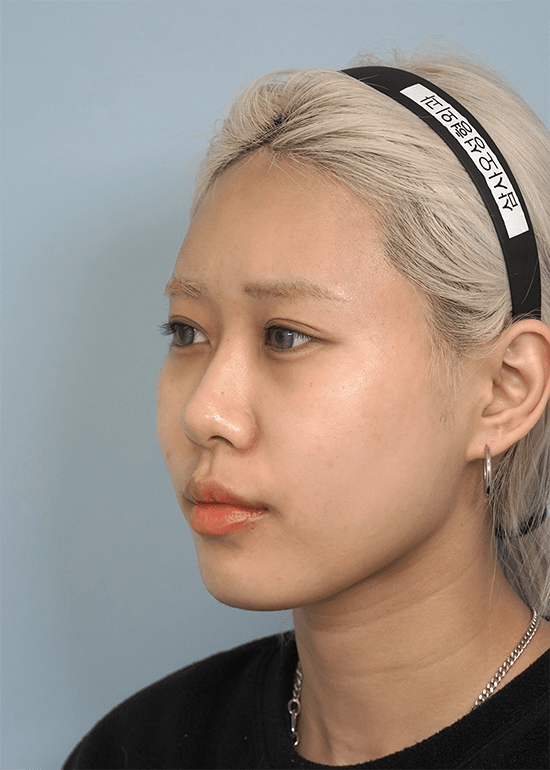
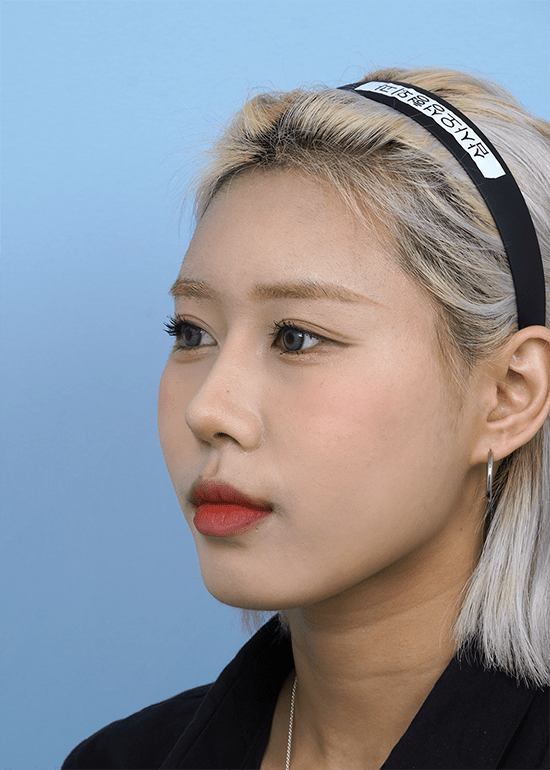


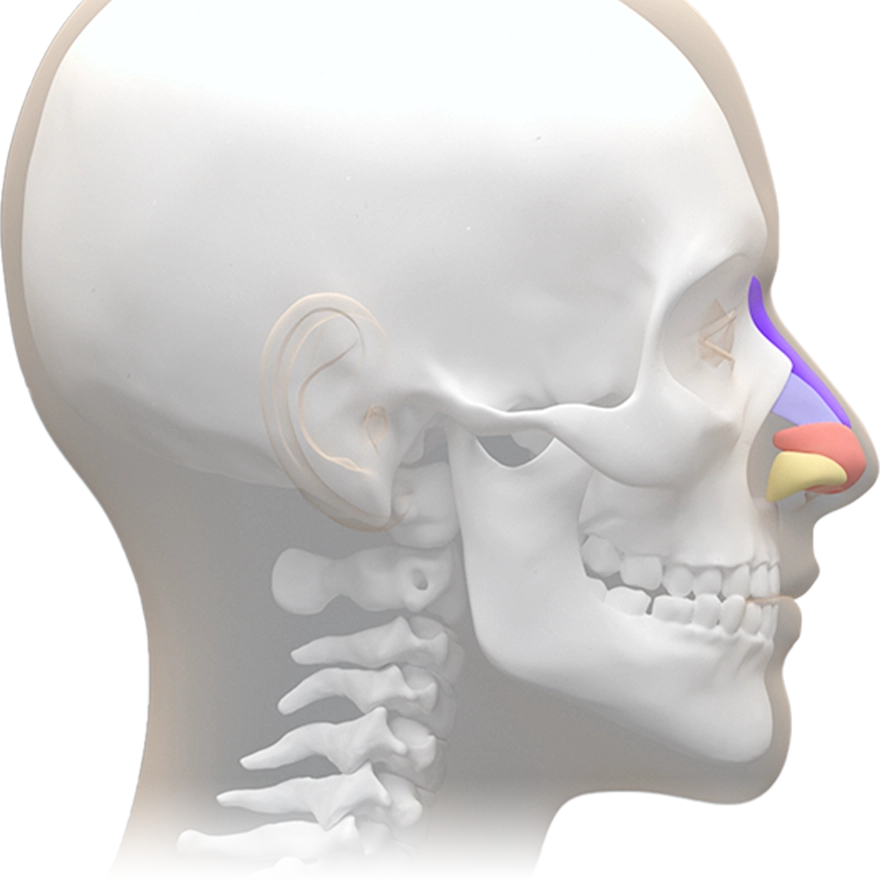
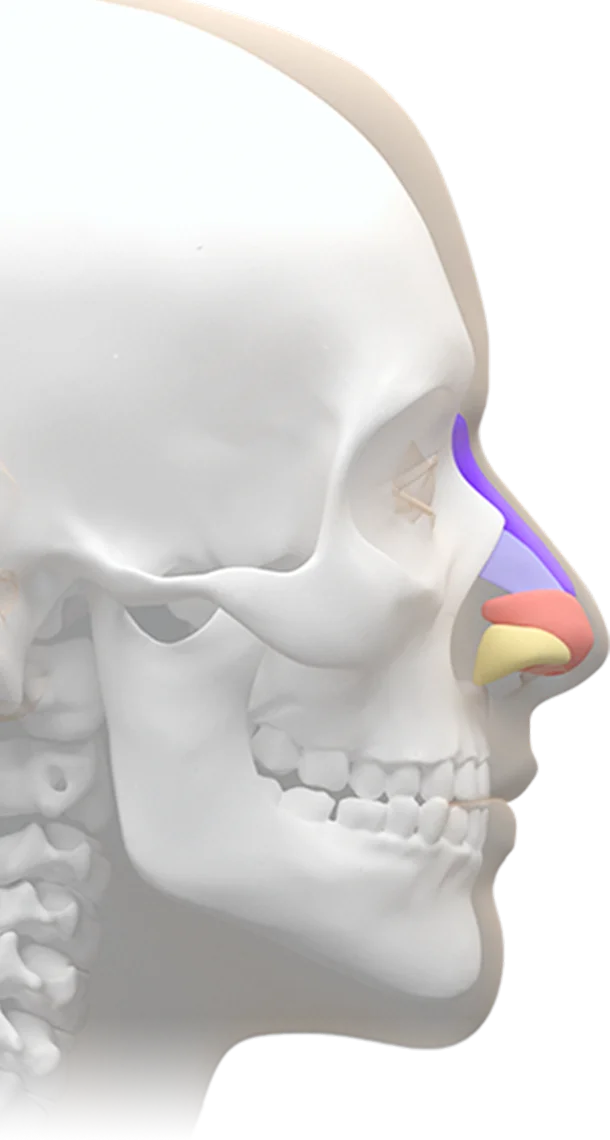
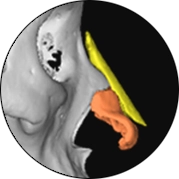
Standard Implant
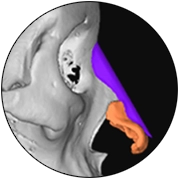
3D Custom Implant
3d custom rhinoplasty
A Perfectly Fitted Implant That Prevents Warping, Transparency, or Displacement
This minimizes errors and ensures a precise fit, preventing warping, implant transparency, or displacement.
- If you have a dorsal hump but prefer not to shave it down, the silicone implant can be designed to compensate for it based on CT imaging.
- If the area between the eyes or brows is sunken, which cannot be addressed by standard implants, a 3D custom implant can effectively correct it.
- Thanks to precise design, even high-profile implants appear more natural.
Standard Implant
Mass-produced, pre-sized,
and trimmed during surgery
Risk of implant movement and complications
Poor fit and longer surgical time
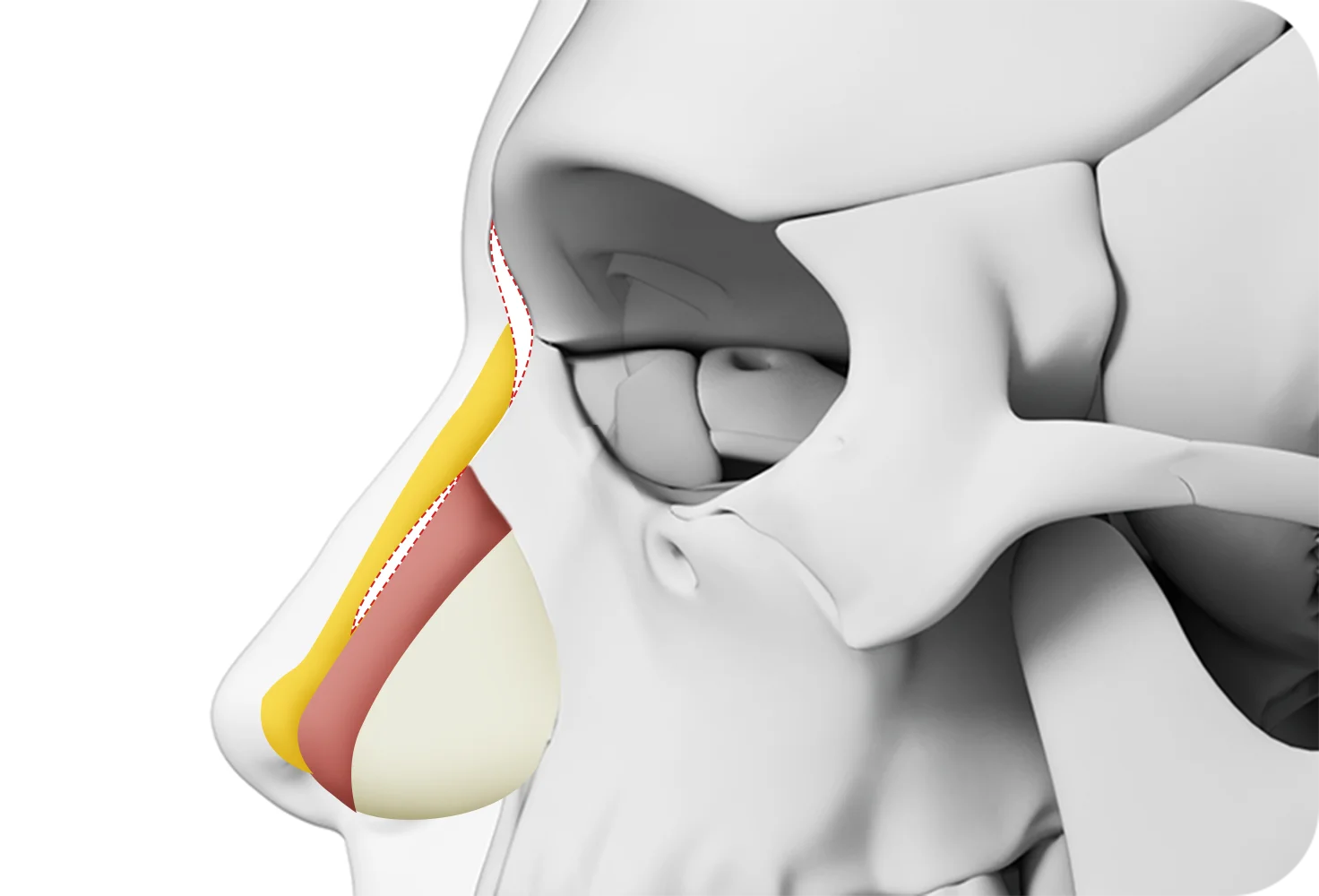
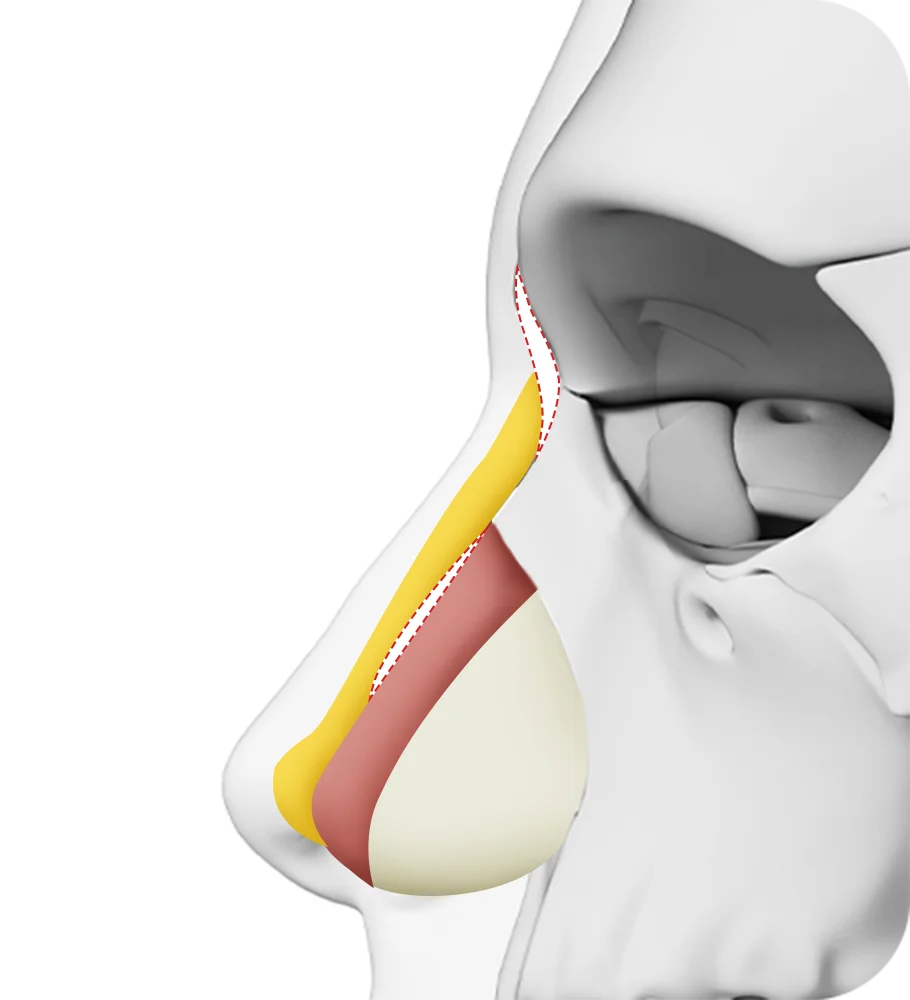
3D Custom Implant
based on precise analysis
Secure fit minimizes complications
Natural nasal line reflecting
the patient’s specific needs

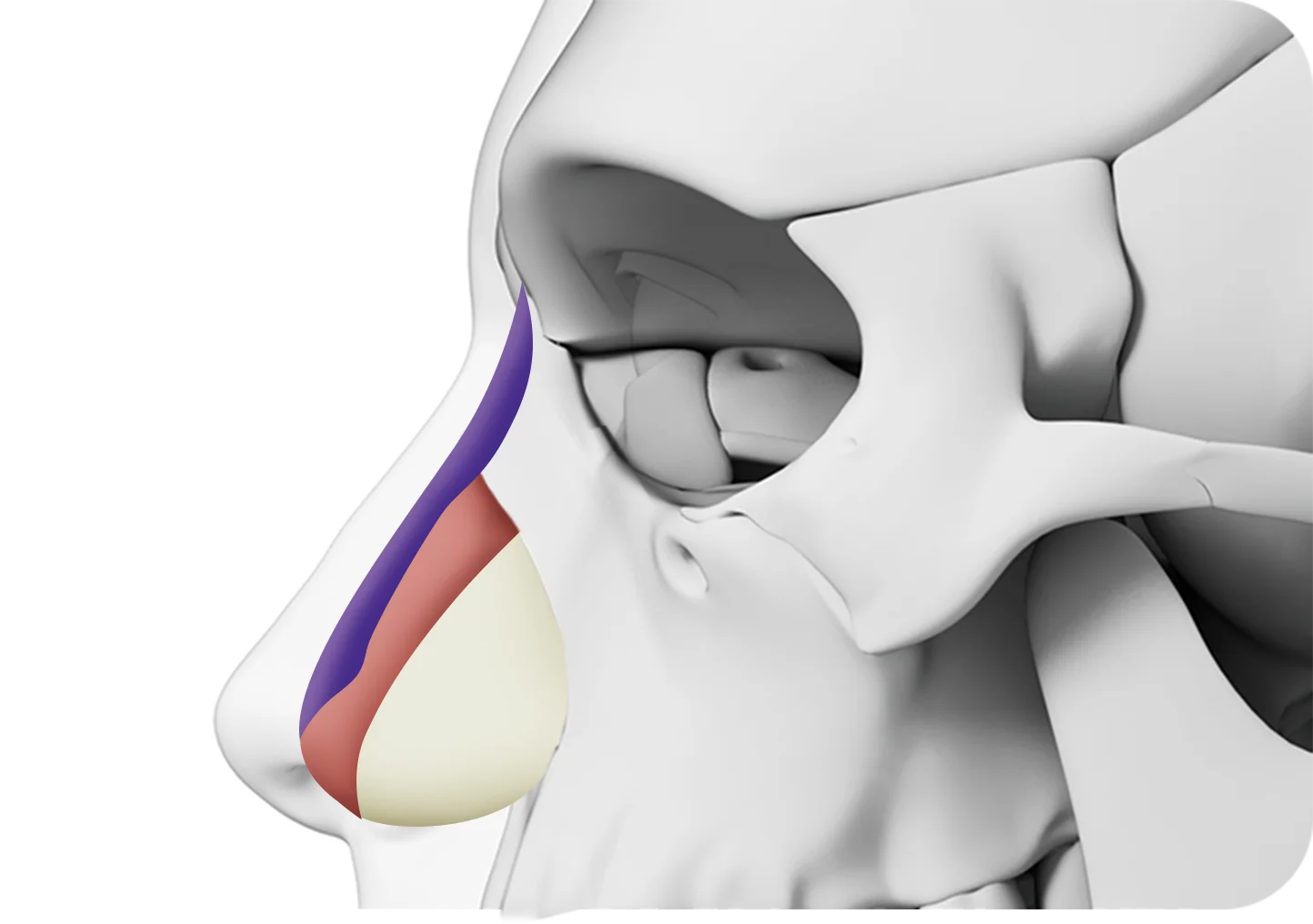
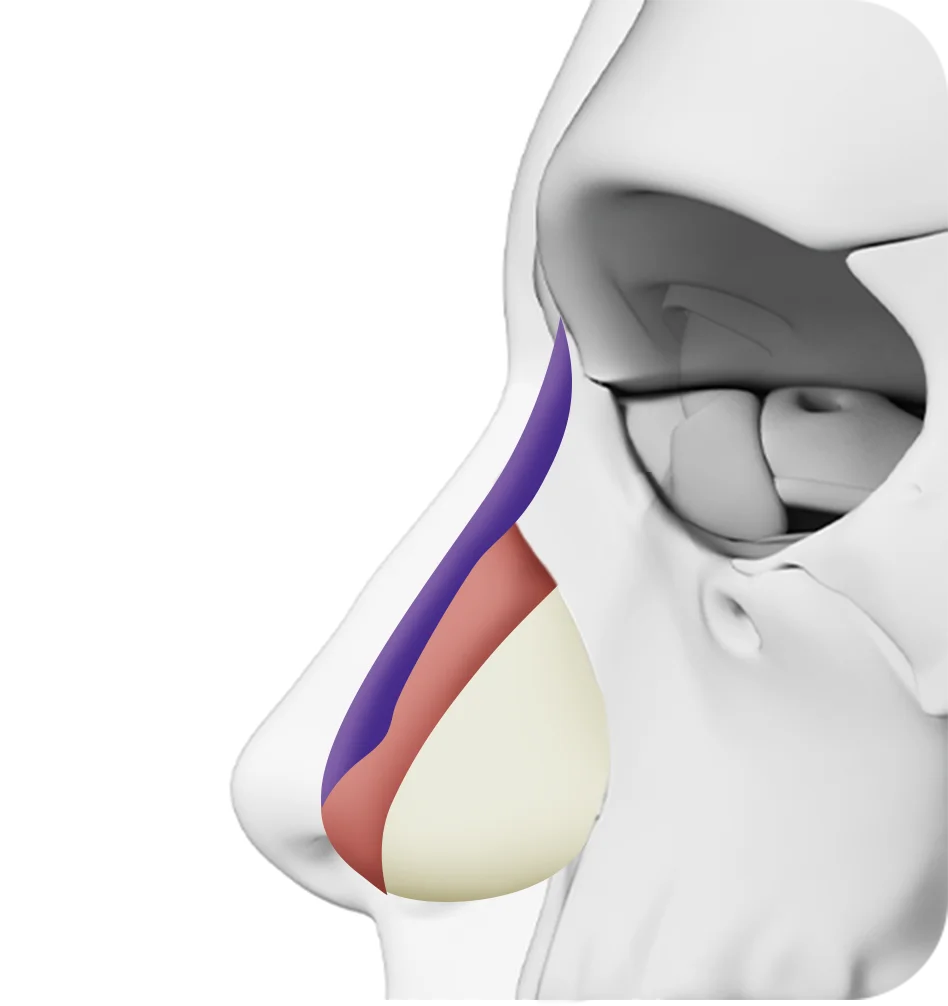
Nose Plastic Surgery Process
Our 3D custom rhinoplasty eliminates the drawbacks of standard mass-produced implants.
Our 3D custom rhinoplasty eliminates the drawbacks of
standard mass-produced implants.
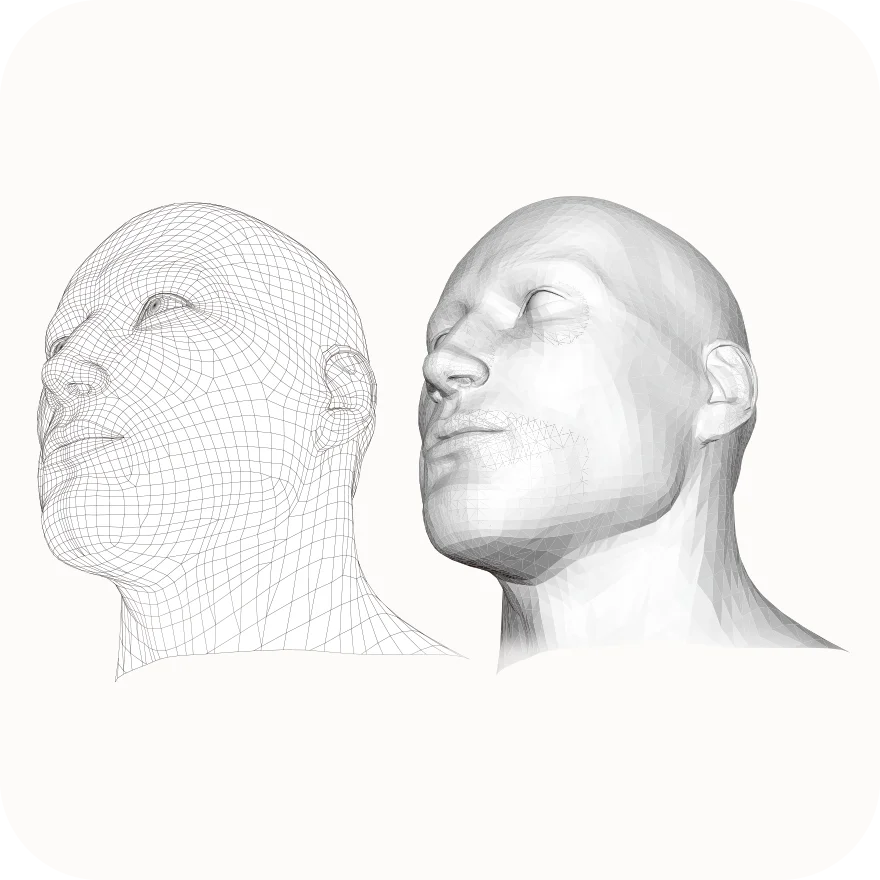
First, 3D CT Scan
with a preoperative 3D CT scan.
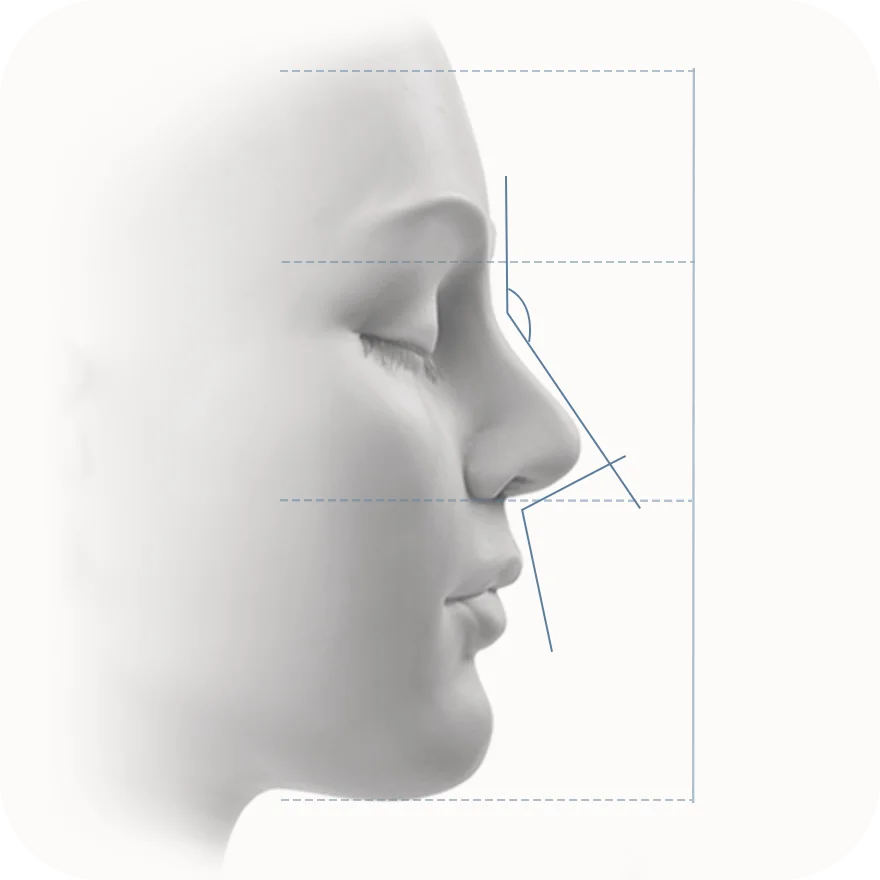
Second, Consultation
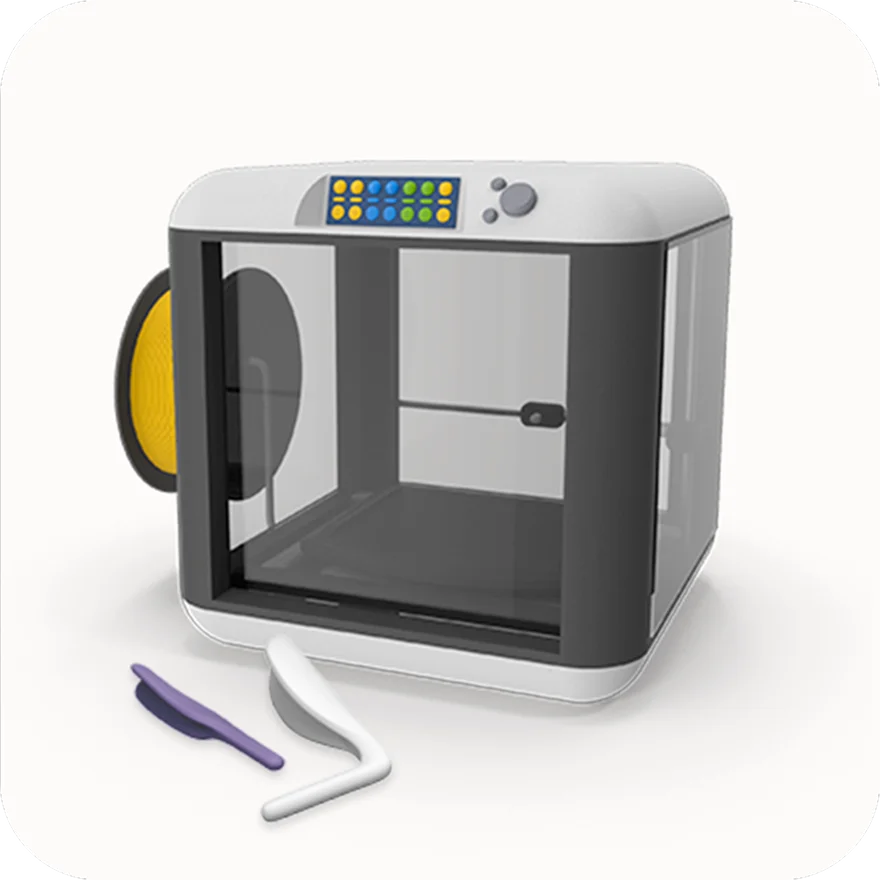
Third, Custom Implant Production
based on the patient’s nasal structure and needs.
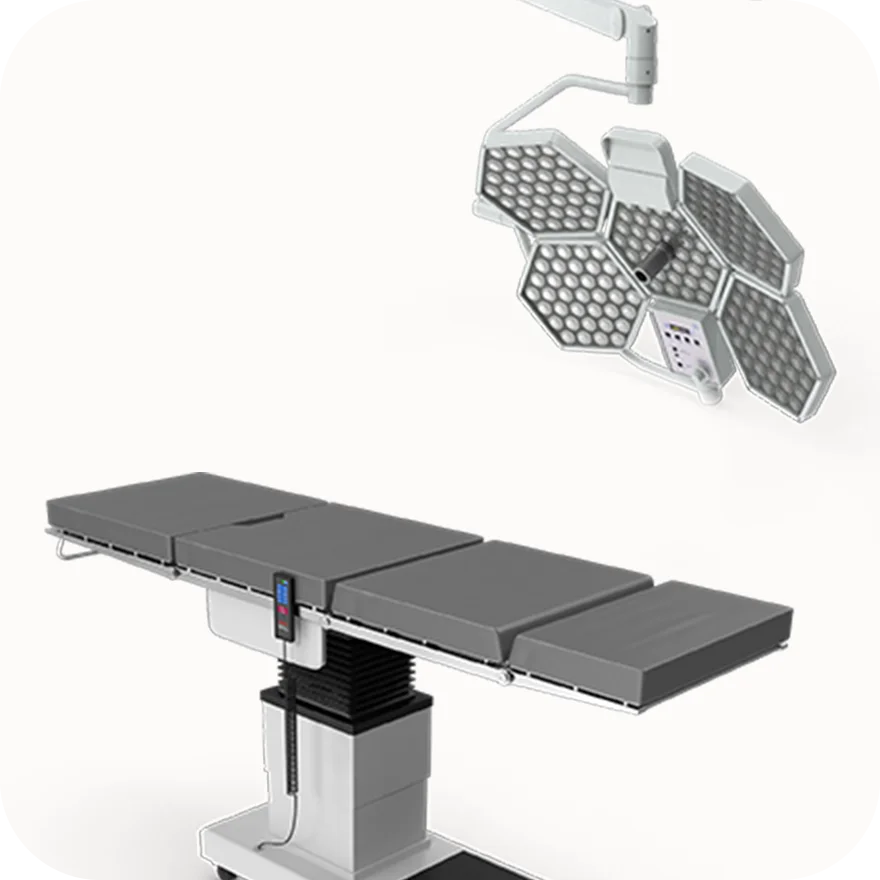
Fourth, Surgery
after the implant is fabricated.
Nose Plastic Surgery info
Quick Overview of
3D Custom Rhinoplasty
At 345 Plastic Surgery, 3D custom rhinoplasty is performed using perfectly tailored implants for each patient.

Surgery Time
2 hours

Anesthesia
Sedation
Hospital Stay
Same-day discharge
Follow-Up Visits
2 visits
Recovery
Within 2 weeks
Recommended target
Recommended for
these individuals
Are you concerned about surgery?
Feel free to inquire!
01
First, Customized Implant
For those who want to design their own implant.
02
Second, Concerned About Complications
For those hesitant about rhinoplasty due to concerns about complications.
03
Third, Post-Operative Complications
For those considering revision surgery due to complications from a previous implant.
04
Fourth, Tailored for Various Nose Types
For those who want customized rhinoplasty for hump nose, flat nose, or other conditions.
Frequently Asked Questions
About Rhinoplasty
Is implant-free revision surgery possible for contracted nose cases?
Contracture is often caused by inflammation from implants like silicone or Gore-Tex. In revision surgery, it is recommended to avoid reusing implants. If contracture is implant-related, the standard is to remove the implant and perform the surgery without it.
Is implant-free rhinoplasty possible for everyone?
Whether or not to use an implant is a matter of choice. However, there may be limitations to how much the nasal bridge can be raised without an implant, which will be explained during consultation. If the nasal bridge is of average height, enhancing the nasal tip can make the nose stand out, making implant-free rhinoplasty a viable option.
Why does nasal tip drooping occur after rhinoplasty?
Since the implant is supported by the underlying bone, collapse of the nasal bridge is rare. However, if the nasal tip is lower than the bridge, it may appear as tip drooping. If the patient is prone to tip drooping, adjusting the bridge height or using supportive materials can minimize the risk. However, due to the constant pull of gravity, tip drooping may occur over 10 to 20 years as ligaments and surrounding tissues loosen with aging. Even without surgery, the nose naturally droops over time due to aging.